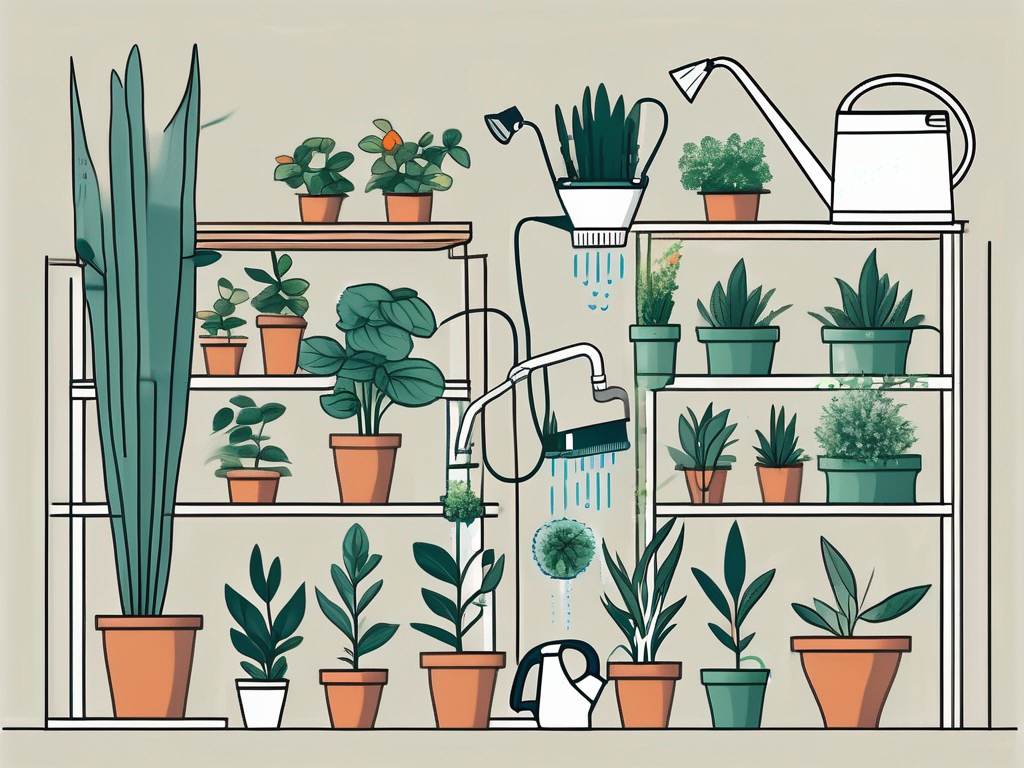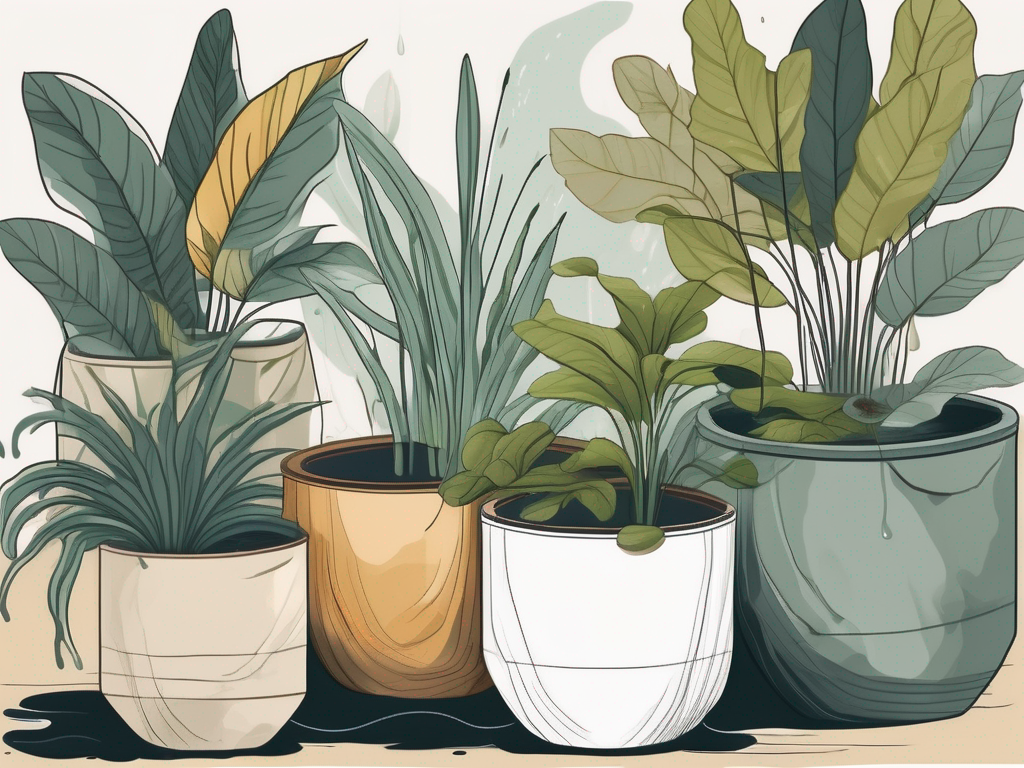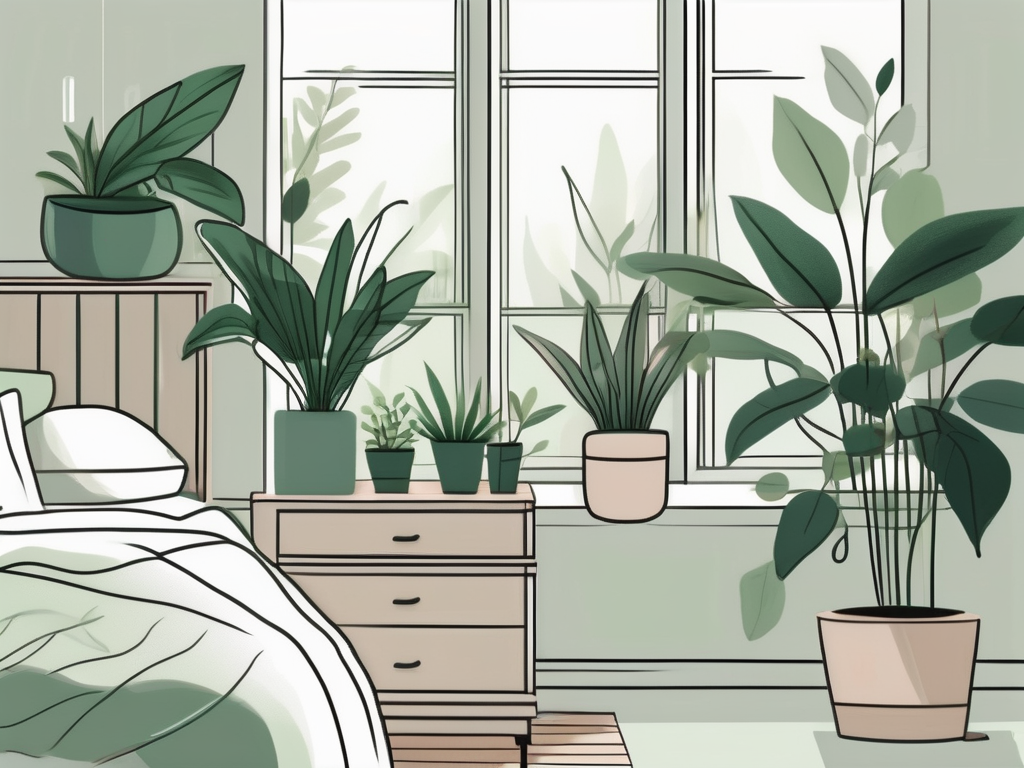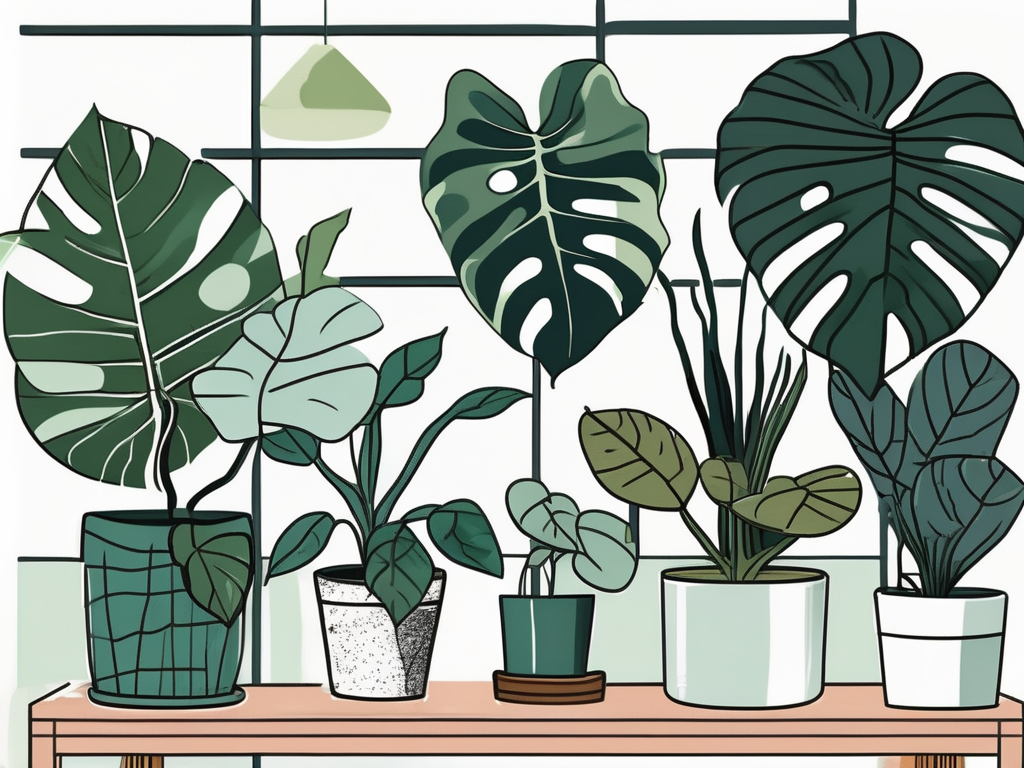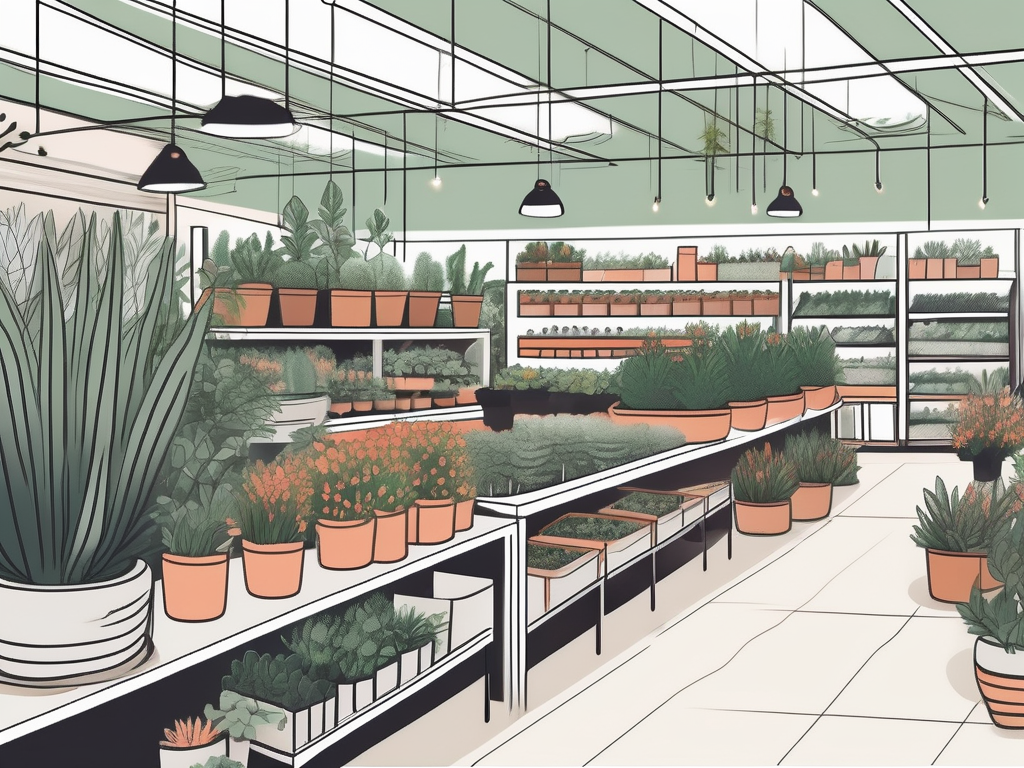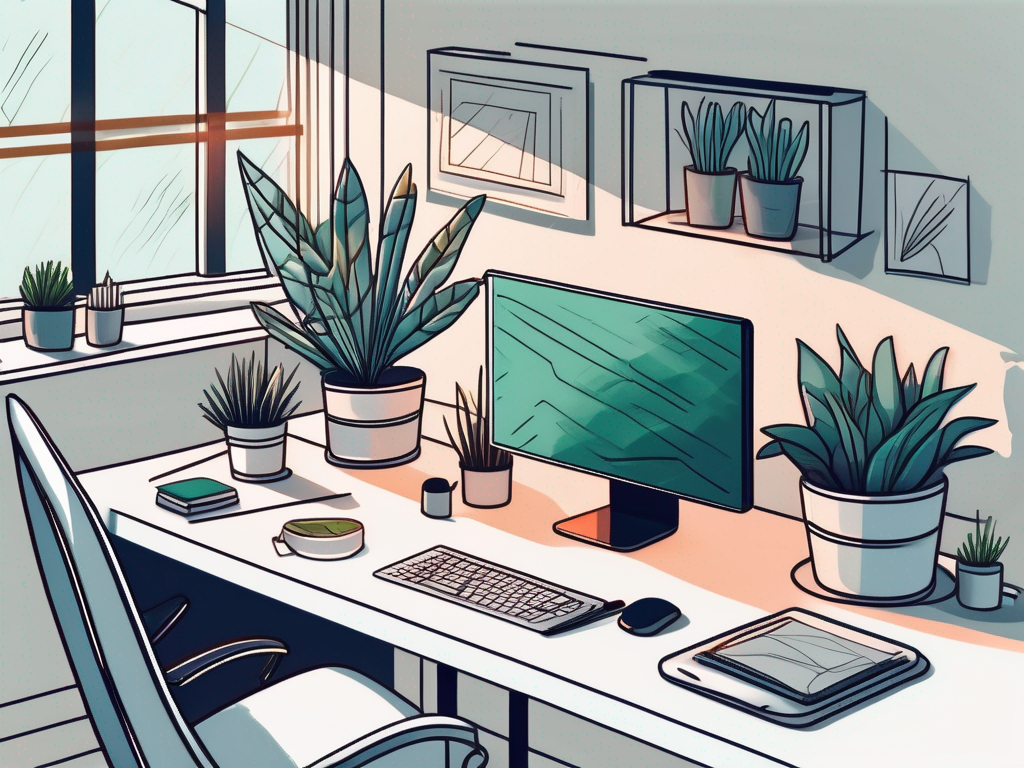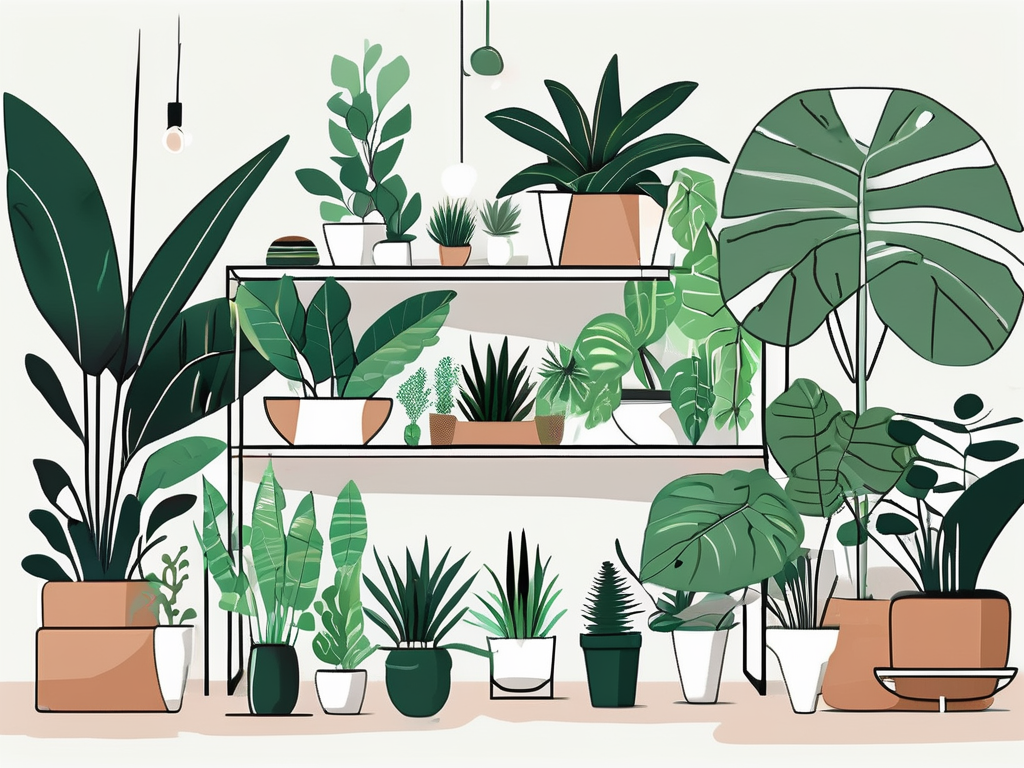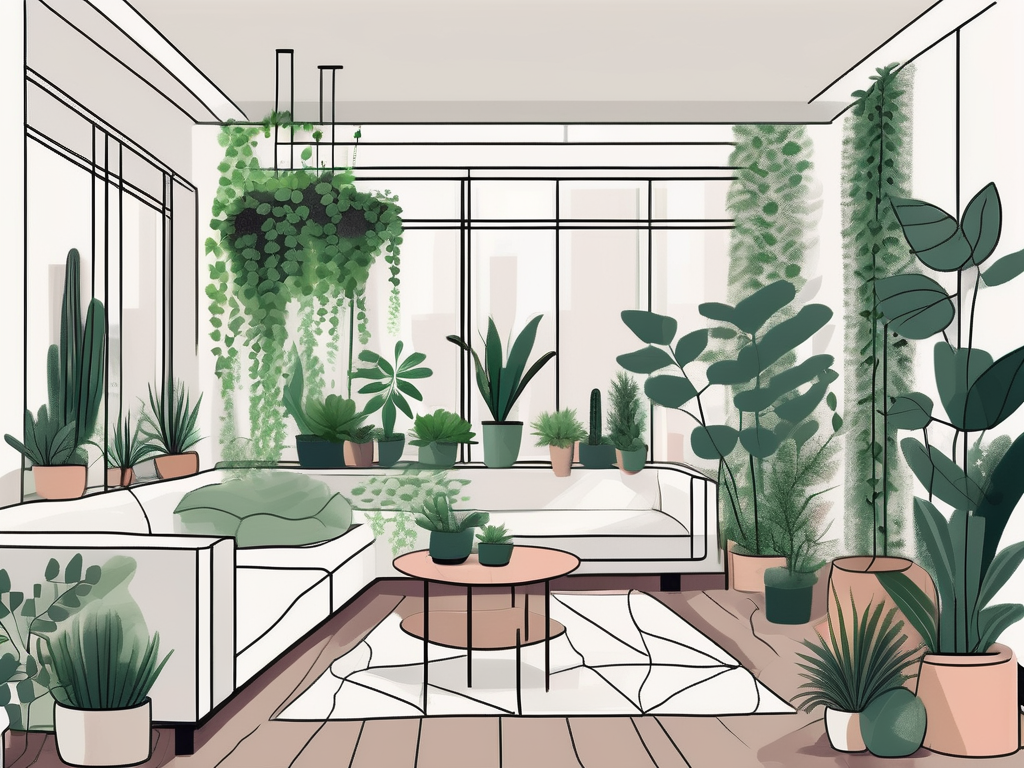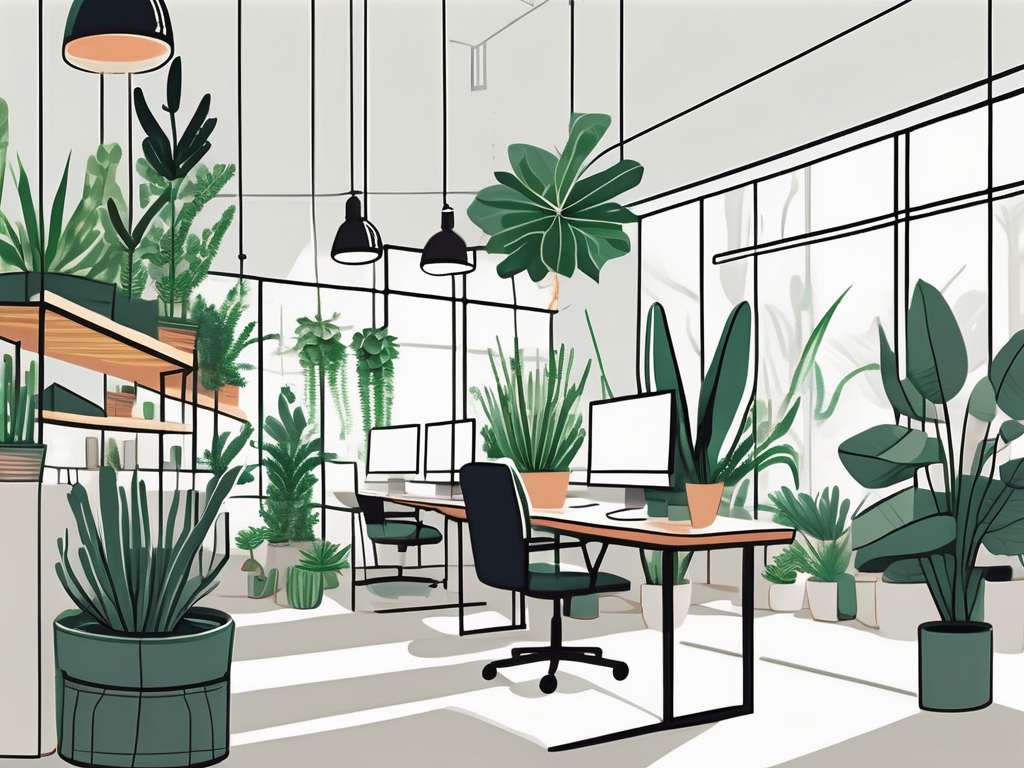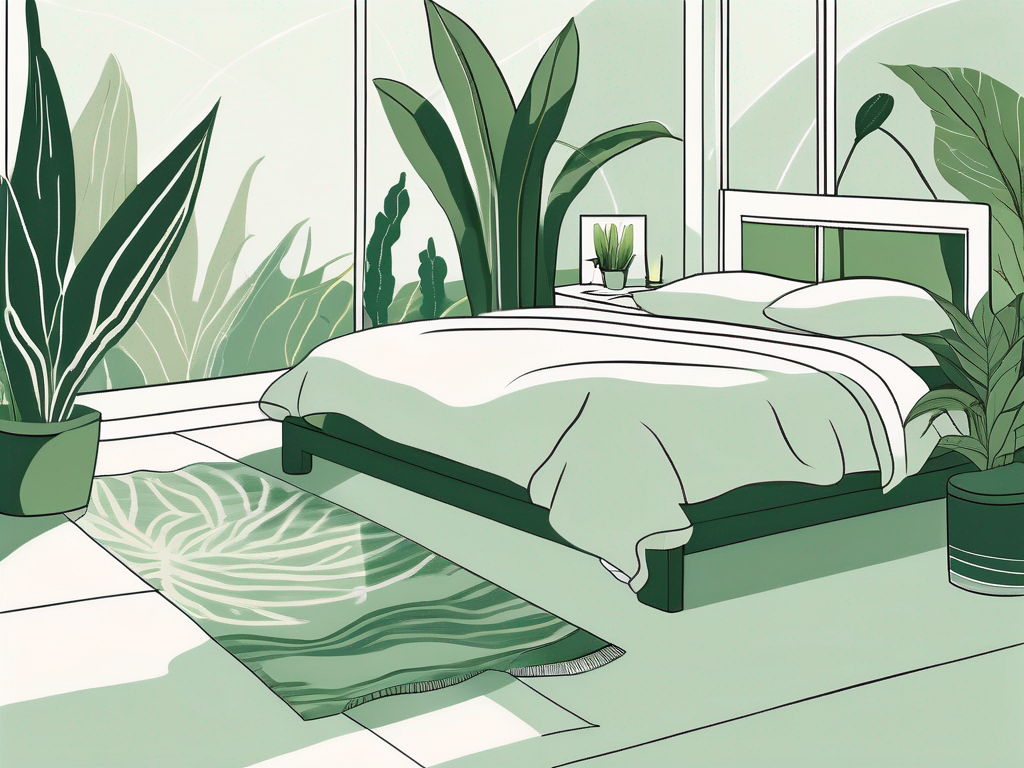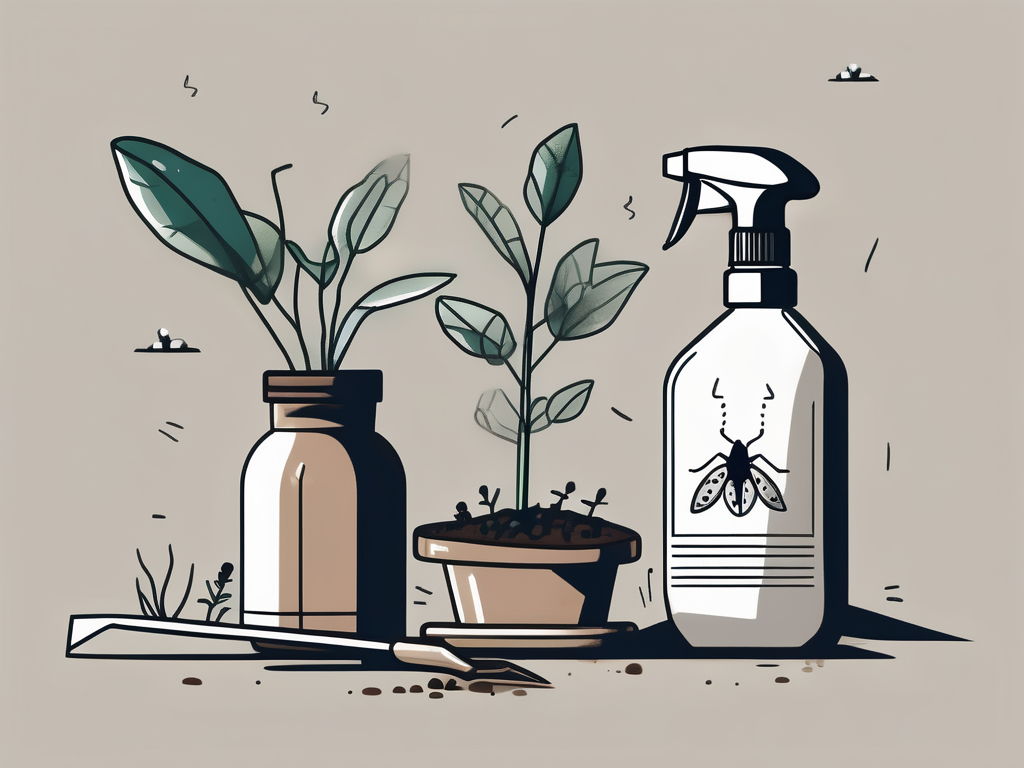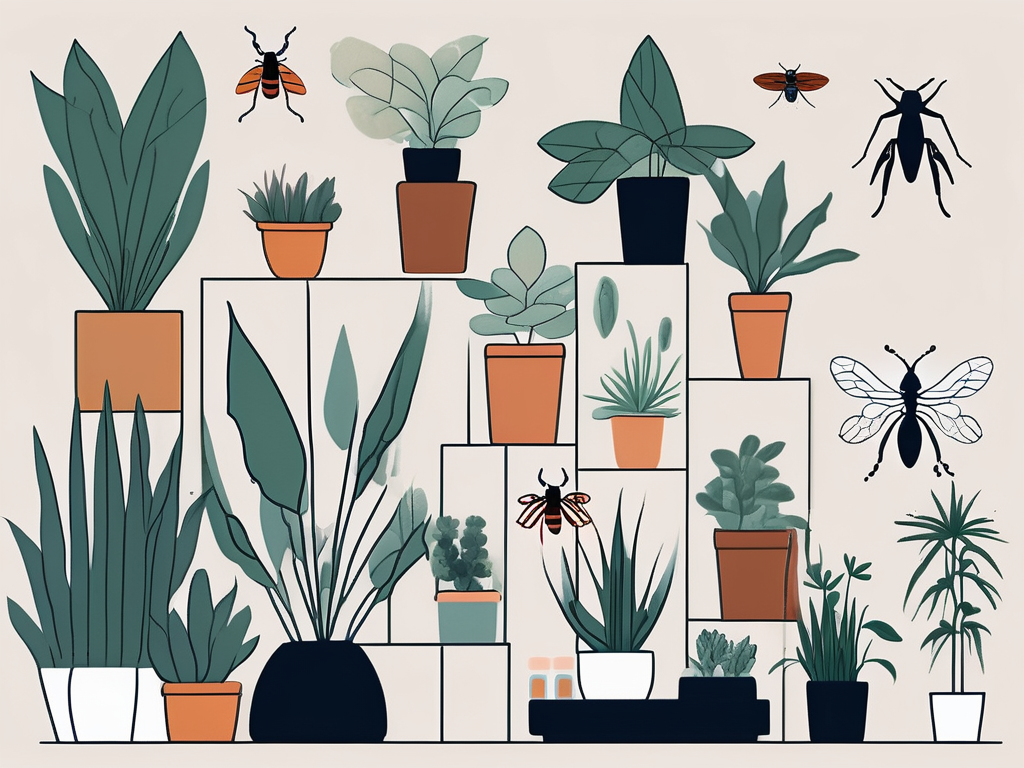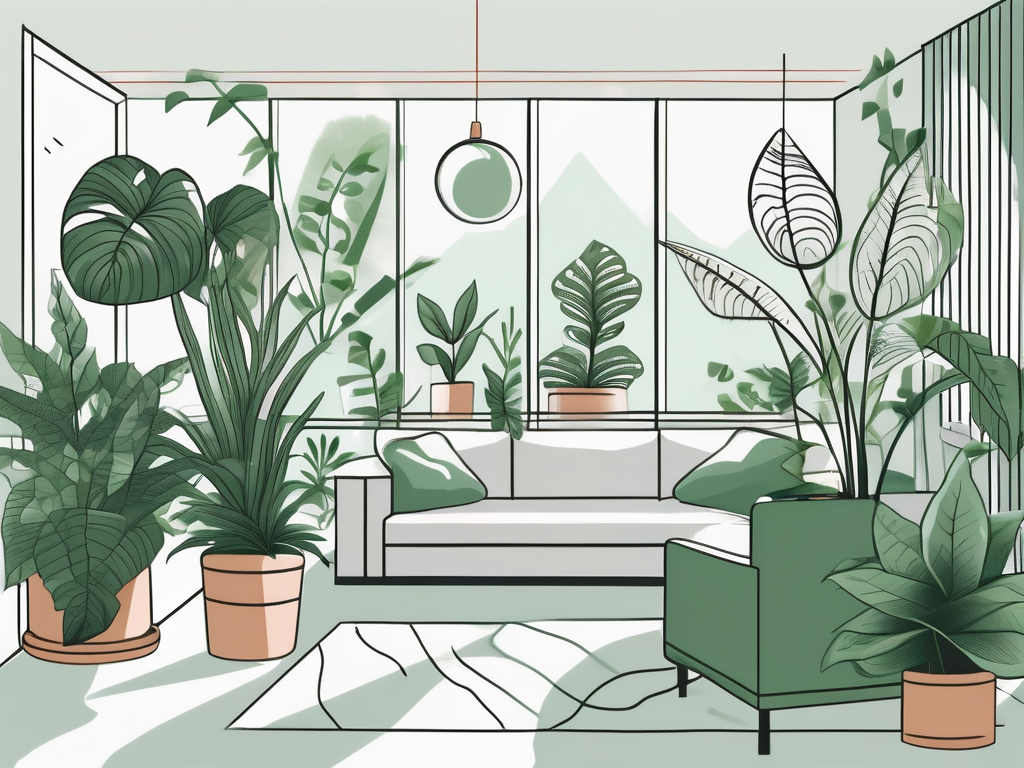
Imagine transforming your home into a green oasis that not only looks beautiful but also breathes life into your space. Houseplants do just that, and many of them come with the added benefit of purifying the air. With our homes becoming more energy-efficient and airtight, indoor air quality can sometimes suffer. That's where houseplants step in as natural air purifiers, making your environment healthier and fresher.
In this article, we'll explore some of the best houseplants known for their air-cleaning abilities. We'll cover how to care for them, where to place them in your home, and even a bit about how they enhance your interior design. Whether you're a seasoned plant parent or just getting started, these tips will help you breathe easier and beautify your home.
Why Houseplants Are Nature's Air Filters
Houseplants are more than just decorative elements; they're mini ecosystems that help regulate indoor air quality. Through a process called photosynthesis, plants absorb carbon dioxide and release oxygen. But the magic doesn't stop there. Certain plants can also remove volatile organic compounds (VOCs) from the air. These are chemicals found in household products like paints, cleaning supplies, and even furniture. By absorbing these toxins, houseplants help reduce the risk of health issues related to poor indoor air quality.
NASA's Clean Air Study in the 1980s brought significant attention to this aspect of houseplants. They found that plants like the Spider Plant, Peace Lily, and Snake Plant are particularly effective at filtering out these toxins. While no plant can completely purify the air, incorporating a variety of them can significantly improve indoor air quality. Plus, they add a touch of green that's always refreshing to the eyes.
Top Air-Purifying Houseplants
Spider Plant (Chlorophytum comosum)
The Spider Plant is a great choice for beginners. It's incredibly easy to care for and can thrive in a variety of conditions. Not only does it look striking with its arching green leaves and white stripes, but it's also a powerhouse when it comes to purifying the air.
Spider Plants are known to remove pollutants like formaldehyde and xylene. They prefer bright, indirect light but are quite tolerant of lower light situations. Water them when the soil feels dry to the touch, usually once a week. Spider Plants also produce "pups" or small offshoots that can be easily propagated. It's like getting free plants!
Peace Lily (Spathiphyllum)
If you're looking for a plant that boasts both beauty and functionality, the Peace Lily is your go-to. With its glossy green leaves and striking white flowers, it adds elegance to any room. But don't let its delicate appearance fool you; the Peace Lily is a robust air purifier.
It excels at removing ammonia, benzene, and formaldehyde from the air. Peace Lilies prefer low to medium light and like their soil to be consistently moist, but not soggy. They're also quite communicative—if they start drooping, it's usually a sign they need a drink. Just a heads up: Peace Lilies are mildly toxic to pets, so keep them out of reach if you have curious critters at home.
Snake Plant (Sansevieria trifasciata)
Snake Plants, or Mother-in-Law's Tongue, are some of the most resilient houseplants you can find. They're virtually indestructible and can survive in low light and drought conditions. Their stiff, upright leaves with striking patterns make them a popular choice for modern interiors.
Snake Plants are particularly effective at absorbing formaldehyde and benzene, making them ideal for bedrooms and other living areas. They also release oxygen at night, which is a bonus for improving sleep quality. Water them sparingly; they're succulents and prefer their soil to dry out completely between waterings.
Choosing the Right Plant for Your Space
When selecting an air-purifying plant, consider the lighting and space you have available. Some plants, like the Snake Plant, are versatile and can adapt to various conditions, while others might have more specific needs.
For bright, sunny rooms, consider plants like the Rubber Plant or Aloe Vera. These thrive with plenty of light and can handle a bit of direct sun. For shadier spots, options like the Spider Plant and Peace Lily are better suited.
Space is another factor. Large plants like the Rubber Plant can make a statement in a living room corner, while smaller plants like the Boston Fern or English Ivy can fit nicely on shelves or hanging baskets. Think about the scale and proportion of your space when deciding where to place your plants.
Caring for Your Air-Purifying Plants
While each plant has its own set of care requirements, there are some general tips that apply to most houseplants. First, pay attention to light. Plants are usually labeled for their light needs—bright, indirect, or low light. Matching the plant to the right environment is key to keeping it healthy.
Watering is another important aspect. Overwatering is a common mistake, so always check the soil before adding water. Most plants prefer their soil to dry out a bit between waterings. Use your finger to test the top inch of soil; if it's dry, it's time to water.
Don't forget about humidity. Many air-purifying plants come from tropical regions and appreciate a bit of extra humidity. You can increase humidity by misting your plants, grouping them together, or using a pebble tray with water.
Dealing with Common Plant Pests
Even the most robust air-purifying plants can fall victim to pests. Common culprits include spider mites, aphids, and mealybugs. These pests can be a nuisance, but with a bit of vigilance and quick action, you can keep them under control.
Regularly inspect your plants for signs of pests. Look for discolored leaves, webbing, or sticky residue. If you spot any pests, isolate the affected plant to prevent the problem from spreading.
One simple solution is to wipe down the leaves with a mixture of water and mild soap. For more persistent pests, consider using neem oil or insecticidal soap. Always follow the product instructions and test a small area of the plant before applying it all over.
Incorporating Plants into Your Interior Design
Plants have a unique way of softening a space and adding life to your decor. When incorporating plants into your home, think of them as living art pieces. They can complement your existing design elements or even become focal points.
For a cohesive look, consider the style of your pots and planters. Terra cotta pots offer a classic, earthy vibe, while sleek metal or ceramic pots can add a modern touch. Mixing and matching different styles and sizes can create an interesting and dynamic display.
Don't forget about vertical space. Hanging plants or using wall-mounted planters can free up floor space and add dimension to your room. Just make sure the plants you choose are suitable for the hanging environment and have access to the right amount of light.
Propagating Your Air-Purifying Plants
One of the joys of being a plant parent is watching your collection grow, quite literally. Many air-purifying plants are easy to propagate, allowing you to share the green love with friends or expand your own plant family without buying more.
For Spider Plants, simply cut off one of the pups and place it in water or directly into soil. Peace Lilies can be divided by gently separating the root ball into smaller sections, each with a few leaves and roots.
Snake Plants can be propagated by cutting a leaf into sections and placing them in water or soil. Be patient, as it might take a few weeks for roots to develop, but it's worth the wait. Propagation is not only rewarding but also a cost-effective way to fill your home with more air-purifying powerhouses.
Benefits Beyond Air Purification
While air purification is a significant benefit, houseplants offer much more. They can boost your mood, reduce stress, and even improve focus and productivity. There's something soothing about having a bit of nature indoors, and the act of caring for plants can be therapeutic.
Plants also make spaces feel more welcoming and lived-in. They add texture and color, which can make a room feel complete. Whether you're looking for a statement piece or a subtle accent, there's a plant out there that can meet your needs.
Final Thoughts
Houseplants are fantastic natural air purifiers that bring both beauty and health benefits to your home. From the resilient Snake Plant to the striking Peace Lily, there's a plant for every space and skill level.
At Cafe Planta, we're passionate about helping you build a flourishing plant collection. We offer a wide range of houseplants, care accessories, and even plant-themed apparel. If you ever have questions about your plants, feel free to email us or send a message on Instagram. We're excited to share our love for plants with you and support you on your journey to create a greener home.

